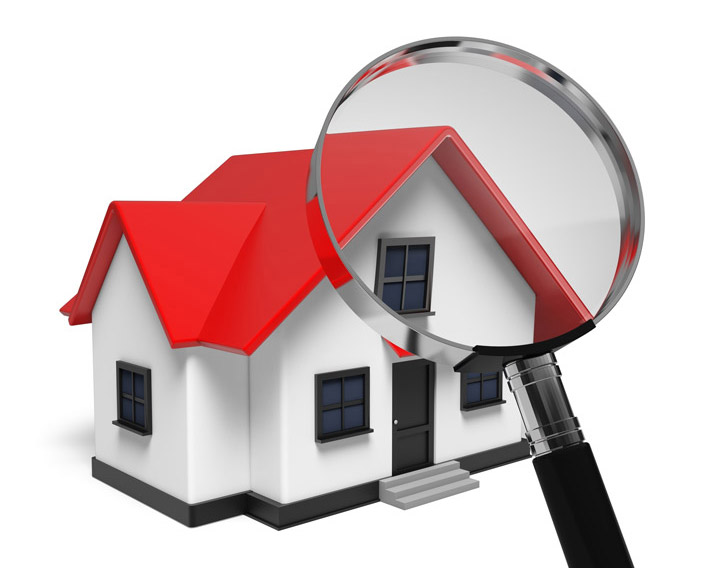
Comprehending AppraisalsA home purchase can be the largest investment some may ever encounter. Whether it's a primary residence, a second vacation property or one of many rentals, the purchase of real property is a detailed financial transaction that requires multiple parties to make it all happen. You're probably familiar with the parties having a role in the transaction. The real estate agent is the most recognizable entity in the exchange. Next, the mortgage company provides the financial capital required to bankroll the transaction. And ensuring all aspects of the exchange are completed and that the title is clear to pass from the seller to the buyer is the title company. So, what party makes sure the value of the real estate is consistent with the amount being paid? This is where you meet the appraiser. We provide an unbiased estimate of what a buyer could expect to pay — or a seller receive — for a property, where both buyer and seller are informed parties. A licensed, certified, professional appraiser from Real Value Real Estate Services, Inc. will ensure, you as an interested party, are informed. Inspecting the subject propertyOur first task at Real Value Real Estate Services, Inc. is to inspect the property to ascertain its true status. We must see features hands on, such as the number of bedrooms and bathrooms, the location, amenities, etc., to ensure they truly are there and are in the condition a reasonable person would expect them to be. The inspection often includes a sketch of the house, ensuring the square footage is accurate and conveying the layout of the property. Most importantly, we identify any obvious amenities - or defects - that would affect the value of the house. After the inspection, an appraiser uses two or three approaches to determining the value of the property: a sales comparison, a replacement cost calculation, and an income approach when rental properties are prevalent. 
Cost ApproachThis is where we use information on local construction costs, the cost of labor and other factors to figure out how much it would cost to replace the property being appraised. This figure commonly sets the maximum on what a property would sell for. It's also the least used predictor of value. 
Sales ComparisonAppraisers can tell you a lot about the subdivisions in which they work. They thoroughly understand the value of certain features to the residents of that area. Then, the appraiser looks up recent transactions in close proximity to the subject and finds properties which are 'comparable' to the home at hand. By assigning a dollar value to certain items such as remodeled rooms, types of flooring, energy efficient items, patios and porches, or additional storage space, we add or subtract from each comparable's sales price so that they are more accurately in line with the features of subject property.
After all differences have been accounted for, the appraiser reconciles the adjusted sales prices of all the comps and then derives an opinion of what the subject could sell for. When it comes to associating a value with features of homes in Clarkdale and Yavapai, Real Value Real Estate Services, Inc. can't be beat. This approach to value is most often awarded the most importance when an appraisal is for a real estate exchange. Valuation Using the Income ApproachA third method of valuing approach to value is sometimes employed when a neighborhood has a measurable number of renter occupied properties. In this scenario, the amount of revenue the real estate generates is factored in with other rents in the area for comparable properties to give an indicator of the current value. The Bottom LineCombining information from all approaches, the appraiser is then ready to document an estimated market value for the property in question. The estimate of value at the bottom of the appraisal report is not always the final sales price even though it is likely the best indication of what a property is worth. Depending on the specific situations of the buyer or seller, their level of urgency or a buyer's desire for that exact property, the closing price of a home can always be driven up or down.Regardless, the appraised value is often employed as a guideline for lenders who don't want to loan a buyer more money than the property is actually worth. At the end of the day, an appraiser from Real Value Real Estate Services, Inc. will help you attain the most fair and balanced property value, so you can make wise real estate decisions. |